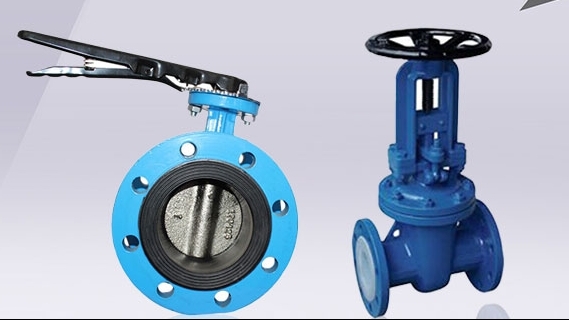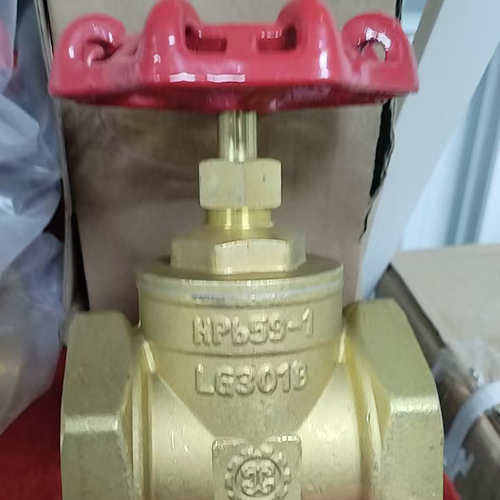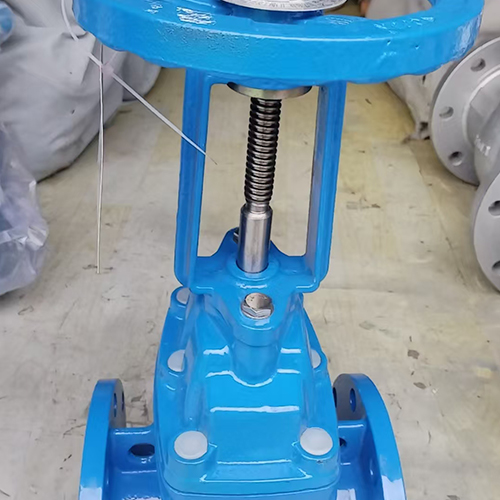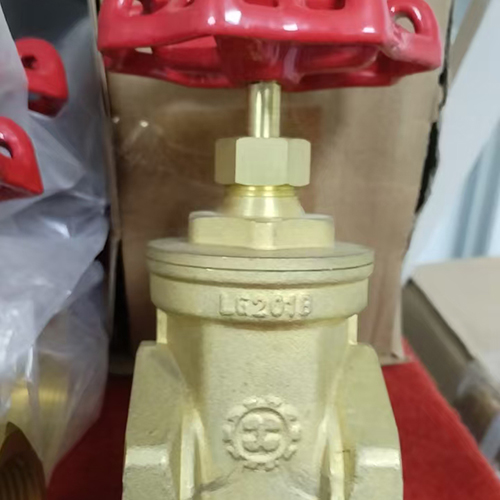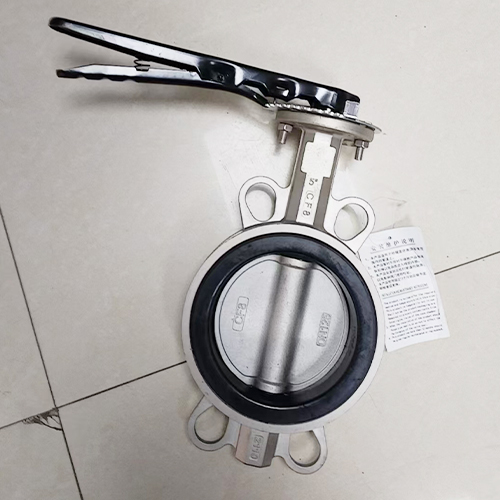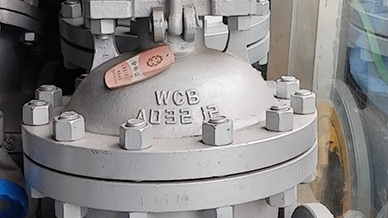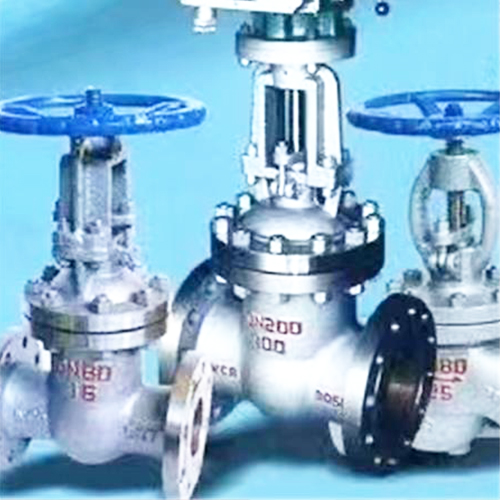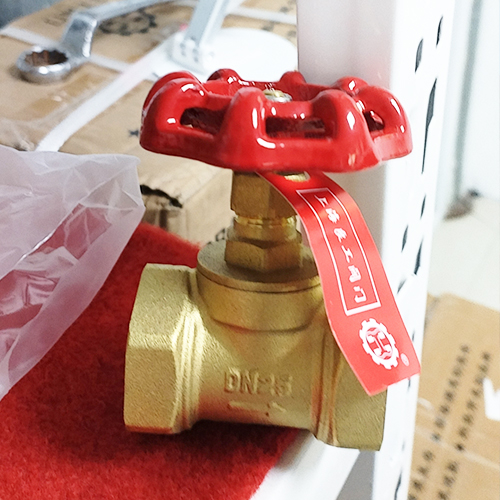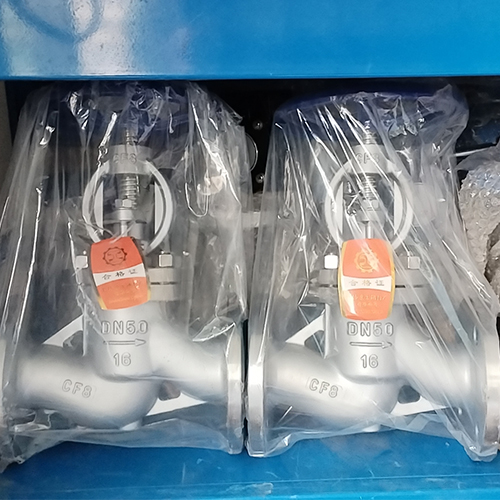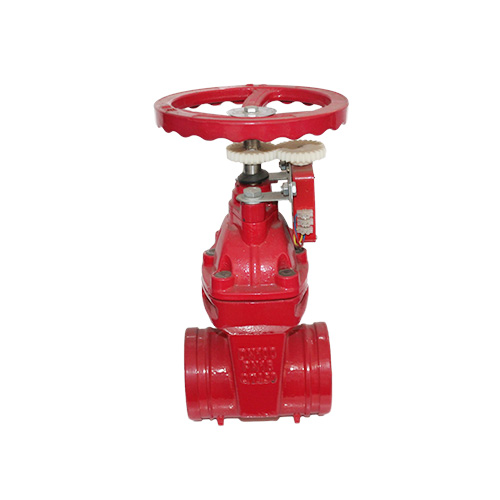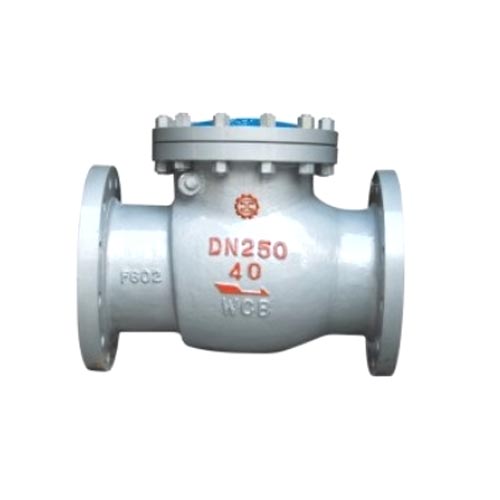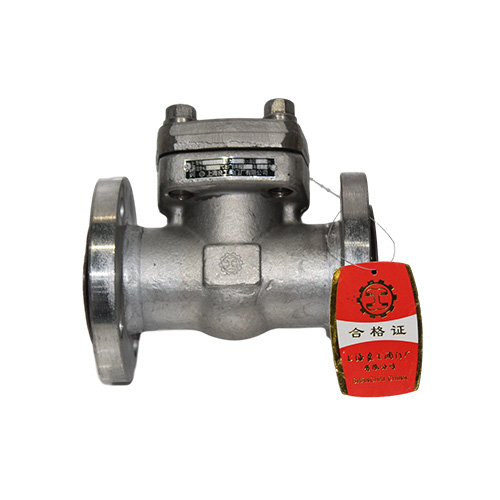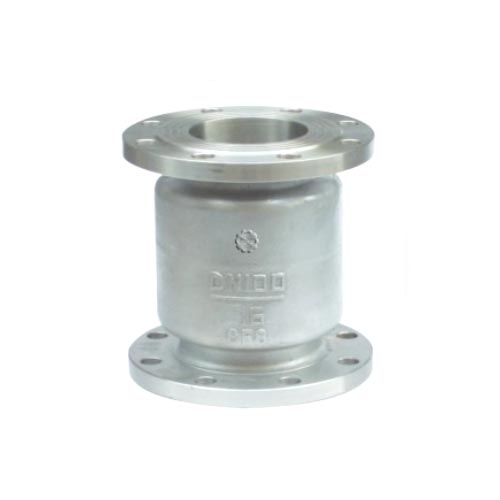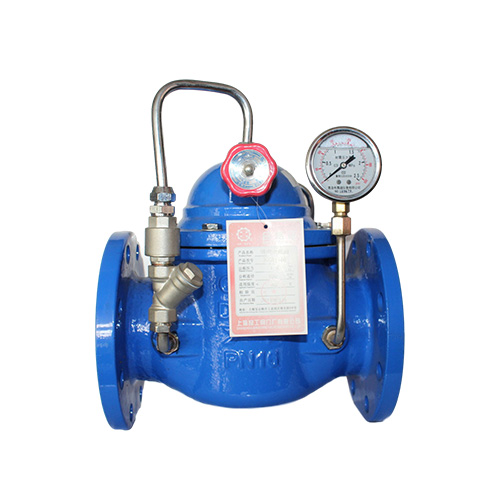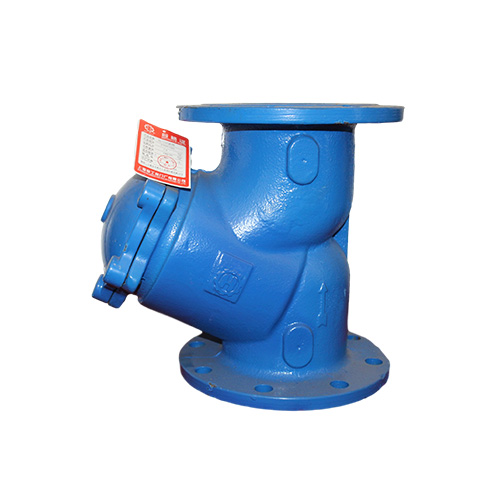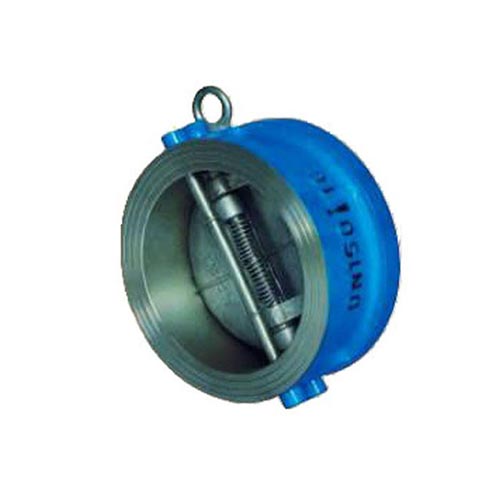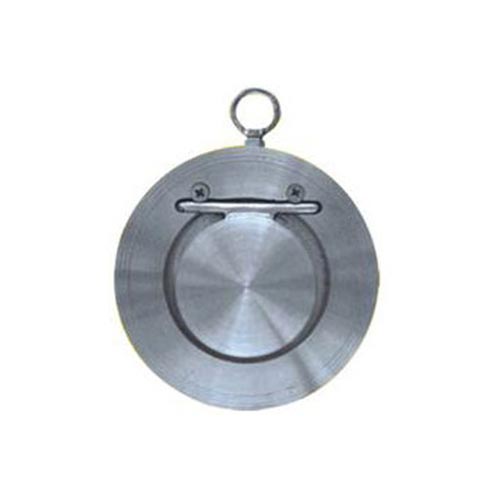阀门作为流体控制系统的关键部件,其尺寸选择直接影响管道系统的运行效率与安全性。合适的尺寸能确保流体通畅流动,减少能耗与故障风险;尺寸不当则可能导致压力损失过大、流量不足或阀门损坏。选择阀门尺寸需综合考虑管道参数、介质特性及工作条件,通过科学分析确定最优规格。
As a key component of fluid control systems, the size selection of valves directly affects the operational efficiency and safety of pipeline systems. Appropriate size can ensure smooth fluid flow, reduce energy consumption and fault risks; Improper size may result in excessive pressure loss, insufficient flow, or valve damage. The selection of valve size should comprehensively consider pipeline parameters, medium characteristics, and working conditions, and determine the optimal specifications through scientific analysis.
管道直径是选择阀门尺寸的基础依据。阀门的公称直径应与所在管道的公称直径相匹配,确保流体在管道与阀门之间平稳过渡。若阀门尺寸小于管道直径,会形成流通瓶颈,导致流体受阻,增加管道内的压力损失,不仅降低系统效率,还可能因流速过快引发阀门内部冲刷磨损,缩短使用寿命。反之,若阀门尺寸大于管道直径,虽能减少阻力,但会造成材料浪费,且阀门与管道的连接部位易出现湍流,长期运行可能导致密封件损坏,增加泄漏风险。因此,常规情况下,阀门公称直径应与管道公称直径保持一致,特殊场景需通过水力计算调整。
The diameter of the pipeline is the basic basis for selecting valve size. The nominal diameter of the valve should match the nominal diameter of the pipeline it is in, ensuring a smooth transition of fluid between the pipeline and the valve. If the valve size is smaller than the diameter of the pipeline, it will form a flow bottleneck, causing fluid obstruction and increasing pressure loss inside the pipeline. This not only reduces system efficiency, but may also cause internal erosion and wear of the valve due to excessive flow rate, shortening its service life. On the contrary, if the size of the valve is larger than the diameter of the pipeline, although it can reduce resistance, it will cause material waste, and the connection between the valve and the pipeline is prone to turbulence. Long term operation may cause seal damage and increase the risk of leakage. Therefore, under normal circumstances, the nominal diameter of the valve should be consistent with the nominal diameter of the pipeline, and special scenarios require adjustment through hydraulic calculations.
介质特性对阀门尺寸选择有重要影响。对于黏度较高的介质(如原油、糖浆),需适当放大阀门尺寸,避免因介质流动性差导致堵塞。这类介质在管道中流速较慢,若阀门尺寸过小,易在阀体内形成淤积,影响控制精度。而对于含颗粒杂质的介质(如污水、矿浆),除需匹配管道直径外,还需考虑阀门流道的通畅性,选择直通式流道的阀门时,其尺寸应保证颗粒顺利通过,防止卡堵;若颗粒含量较高,可适当增大阀门尺寸,降低流速以减少颗粒对阀门的冲击磨损。
The characteristics of the medium have a significant impact on the selection of valve size. For media with high viscosity (such as crude oil and syrup), the valve size should be appropriately enlarged to avoid blockage caused by poor fluidity of the medium. This type of medium has a slow flow rate in pipelines. If the valve size is too small, it is easy to form sedimentation inside the valve body, which affects the control accuracy. For media containing particulate impurities (such as sewage and slurry), in addition to matching the pipeline diameter, the smoothness of the valve flow channel also needs to be considered. When choosing a valve with a straight through flow channel, its size should ensure that the particles pass smoothly and prevent blockage; If the particle content is high, the valve size can be appropriately increased and the flow rate can be reduced to minimize the impact and wear of particles on the valve.
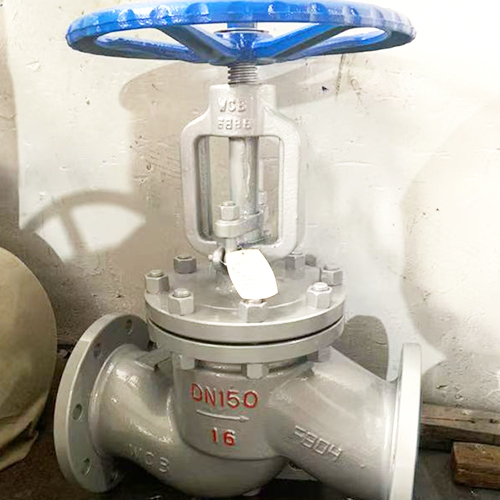
工作压力与温度是不可忽视的因素。高压系统中,阀门尺寸需结合压力等级核算,确保阀门壳体强度与管道系统匹配。压力较高时,若阀门尺寸过大,其壁厚需相应增加以承受高压,不仅增加成本,还会降低启闭灵活性;压力较低的系统则可根据流量需求适当调整尺寸,在满足流通的前提下简化结构。温度对阀门尺寸的影响体现在材料热胀冷缩特性上,高温环境下,阀门与管道的连接部位可能因热膨胀出现间隙,选择尺寸时需预留一定的补偿空间,避免因尺寸刚性匹配导致密封失效。
Work pressure and temperature are factors that cannot be ignored. In high-pressure systems, valve size needs to be calculated based on pressure rating to ensure that the strength of the valve housing matches the pipeline system. When the pressure is high, if the valve size is too large, its wall thickness needs to be increased accordingly to withstand high pressure, which not only increases costs but also reduces the flexibility of opening and closing; Systems with lower pressure can be adjusted in size according to flow requirements, simplifying the structure while meeting flow requirements. The influence of temperature on valve size is reflected in the thermal expansion and contraction characteristics of materials. In high temperature environments, there may be gaps at the connection between valves and pipelines due to thermal expansion. When selecting the size, a certain compensation space should be reserved to avoid sealing failure caused by rigid size matching.
流量需求是确定阀门尺寸的核心参数。通过计算管道系统的设计流量,结合阀门的流量系数(Kv 值)确定合适尺寸。流量系数反映阀门的流通能力,数值越大,单位时间内通过的流体量越多。在已知设计流量和允许压力损失的情况下,可通过公式计算所需的最小 Kv 值,再对照阀门厂家提供的 Kv 值表选择对应尺寸。例如,大流量系统需选择 Kv 值较大的阀门,确保流体能按设计要求通过;小流量精确控制场景则需选择小尺寸阀门,提高调节精度。
Flow demand is the core parameter for determining valve size. Determine the appropriate size by calculating the design flow rate of the pipeline system and combining it with the flow coefficient (Kv value) of the valve. The flow coefficient reflects the flow capacity of the valve, and the larger the value, the more fluid passes through per unit time. Given the known design flow rate and allowable pressure loss, the minimum required Kv value can be calculated using a formula, and the corresponding size can be selected by comparing it with the Kv value table provided by the valve manufacturer. For example, for high flow systems, valves with larger Kv values need to be selected to ensure that the fluid can pass through according to design requirements; For small flow precise control scenarios, small-sized valves need to be selected to improve regulation accuracy.
本文由 良工阀门 友情奉献.更多有关的知识请点击 http://www.jnlgvf.com 真诚的态度.为您提供为全面的服务.更多有关的知识我们将会陆续向大家奉献.敬请期待.
This article is a friendly contribution from Lianggong Valve For more related knowledge, please click http://www.jnlgvf.com Sincere attitude To provide you with comprehensive services We will gradually contribute more relevant knowledge to everyone Coming soon.
 企业公告:
企业公告:

